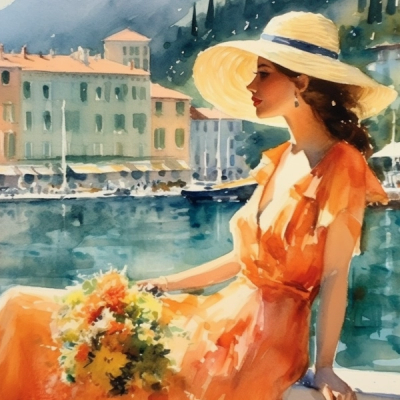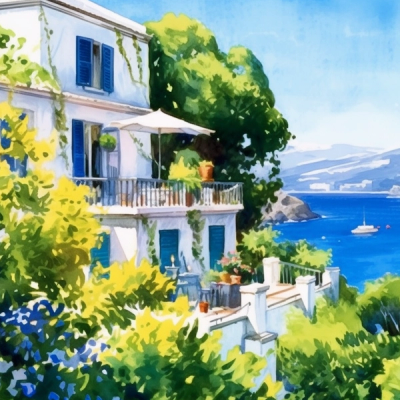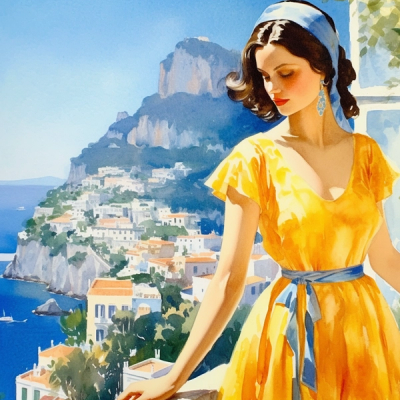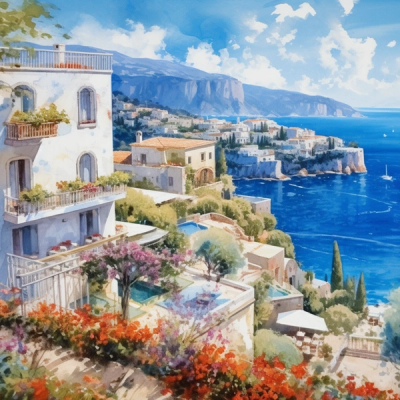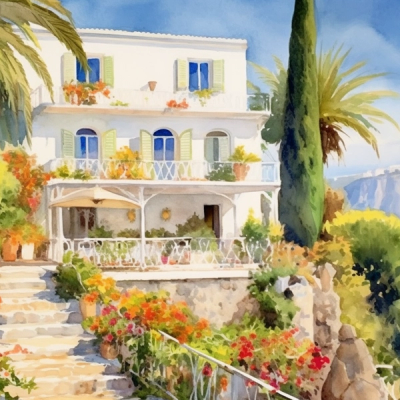
La Dolce Vita: The Sweet Life of Italy
© Resort Lifestyle Magazine
12 min read
Embark on a journey with Isabella as she introduces you to La Dolce Vita, the iconic Italian philosophy of embracing life's pleasures. From the sun-kissed hills of Tuscany to the glittering waters of the Amalfi Coast, you'll discover the origins of this way of life and learn how it has shaped Italy and its people.
12 min read
La dolce vita, translated to "the sweet life" or "the good life," is a phrase that perfectly encapsulates the Italian spirit of enjoying life. Even though it's a phrase that evokes images of glamorous movie stars sipping cocktails on the Amalfi Coast, it is actually much more than that. It's a philosophy that encompasses the Italian way of life, where every moment is savored, and every experience is enjoyed to the fullest.
"Growing up in Italy, I have always been surrounded by la dolce vita," says Isabella.
"It's not just a concept or a saying, but a way of living. From the delicious food to the stunning fashion and art, Italy is truly a land of beauty and pleasure."
In this article, we will explore the origins and meaning of the famous term, and take a look at how Italians incorporate this philosophy into their daily lives. From food and fashion to leisurely afternoons, la dolce vita is an intrinsic part of Italy's identity.

The Origins of La Dolce Vita
Italy is synonymous with glamour, and it's no wonder why. With its breathtaking landscapes, rich history, and vibrant culture, the country exudes an enchanting charm.
Federico Fellini, the renowned Italian filmmaker, played a pivotal role in popularizing the concept of la dolce vita through his iconic 1960 film of the same name. This cinematic masterpiece captured the hedonistic and extravagant lifestyle of Rome's elite, forever linking Italian glamour to the notion of living life to the fullest.
"For me, watching Fellini's La Dolce Vita was a transformative experience. The film perfectly captured the essence of the Italian approach to life, with its hedonistic parties, luxurious lifestyles, and captivating characters."
"I couldn't help but see shades of real-life figures like the jet-setters who flocked to Capri or the aristocratic families of Milan in the film's glamorous scenes. It made me realize that La Dolce Vita isn't just a movie, it's a reflection of the vibrant and extravagant culture that defines Italy."
Fellini's portrayal of the sweet life was not only a celebration of the beauty and opulence of Italy but also a testament to the country's impact on the world of art, fashion, and cinema. Through his work, Fellini helped cement Italy's status as a land of elegance, sophistication, and unrivaled allure.


What is a Dolce Vita Lifestyle?
A dolce vita lifestyle is not just material extravagance but also a more mindful approach to living, centered on enjoying life's simple pleasures. It is something that people in Italy follow, and that makes them so full of life and also attractive to others.
"La dolce vita was not just a movie or a cultural concept for me, it was a way of life that I experienced every day growing up in Italy."
"My parents always embodied the spirit of sweet life, even for simple family dinners, dressing up and enjoying good food, wine, and company. It taught me to appreciate the small pleasures in life and to always live life to the fullest."

Food and Wine
Italian cuisine is famous for its simplicity and focus on high-quality, seasonal ingredients. Meals are often drawn out affairs, with multiple courses and plenty of wine and limoncello. This emphasis on taking the time to enjoy food and drink is a key aspect of the concept of sweet life. Wine, in particular, plays a significant role in Italian culture, with many families producing their own vintages and sharing them with loved ones.

"I have fond memories of my family's long-standing tradition of producing our own Chianti wine. Every year, we would gather together to harvest the grapes and then spend the day pressing and fermenting them."
"The smell of the grapes and the sound of the crushing was always a sign that autumn had arrived, and we were all looking forward to tasting the delicious results of our labor."
Meals in Italy are more than just a time to nourish the body - they are an opportunity to connect with loved ones, engage in spirited conversation, and create cherished memories. As glasses are raised and toasts are made, the spirit of Italy comes alive in the convivial atmosphere, with laughter, stories, and shared moments that linger long after the last bite has been savored.

Fashion and Style
Italy is renowned for its contribution to the world of fashion, with iconic designers such as Gucci, Prada, and Valentino hailing from the country. The effortless elegance and sophistication of Italian fashion embody the spirit of la dolce vita, as people take pride in their appearance and enjoy dressing well. Italian men and women pay close attention to their looks in their daily lives because it is an integral part of their culture and values.
"I've always been fascinated by the glamour and sophistication of high society, and I feel lucky to have the opportunity to mingle with the Italy's most influential and stylish people." Whether it's a business meeting, a night out, or a family gathering, Italians always make an effort to dress impeccably.
"What I love about the Italian high society is the attention to detail - the perfectly tied scarf, the right shade of lipstick, the well-groomed hair. It's all about presenting yourself in the best possible light, and that's something I truly admire."
Ultimately, the key to achieving the highly coveted so-called "old money" look is to exude a sense of effortless elegance, which comes from a combination of confidence, taste, and refinement. But dressing well is not just reserved for the elite high society, it's rather a way of life that permeates throughout all levels of society.
"It's not about the price tag of your clothes or where you shop, it's about putting thought and care into your appearance. A simple outfit that's well-put-together and fits perfectly can be just as elegant as something much more expensive. It's all about the attention to detail and the confidence you bring to the look."
Ultimately, dressing well is not just about the clothes themselves; it's also about how they make you feel. When you look good, you feel good, and this positive energy radiates outward, making a lasting impression on those around you. Italians understand this well and embrace the mindset that a well-dressed individual is a happy individual.

Leisure and Relaxation
Italians have a unique way of living well, making the most of their leisure time through various activities and pastimes that help them unwind, socialize, and savor life.
One example of this approach is the Italian tradition of aperitivo, which typically takes place in the early evening. Aperitivo is a pre-dinner social ritual where friends and family gather at a local bar or café to enjoy a drink and some light snacks. This time is dedicated to relaxing, catching up with loved ones, and easing into the evening, allowing people to slow down, unwind, and appreciate the company of others over delicious drinks and appetizers.
"Sharing an aperitivo with friends is one of my favorite pastimes in Italy. It's a time to unwind, catch up, and enjoy delicious drinks and snacks. But it's also a wonderful way to make new connections and meet interesting people."
"There's something about the relaxed and social atmosphere of an aperitivo that makes it the perfect setting for forging new friendships and deepening existing ones."

Another aspect of the Italian approach to relaxation can be seen in the afternoon siesta, known as "riposo" in Italy. Many Italians, particularly in smaller towns and villages, take a break in the middle of the day to rest, recharge, and escape the heat. This pause can last anywhere from one to three hours and often involves closing shops and businesses, giving people the opportunity to enjoy a leisurely lunch, take a nap, or spend time with their families.
"I always make sure to take a riposo during the day, even if it's just for a few minutes. It's a time to recharge and reset, and it's an essential part of my daily routine.
"Whether it's sipping an espresso or taking a walk outside, I find that this break helps me to stay focused and productive for the rest of the day."
Italians also place a high value on spending time outdoors, and one popular way to do this is through the tradition of passeggiata. The passeggiata is a leisurely evening stroll taken by Italians of all ages, typically along the main streets and piazzas of a town or city. It's an opportunity for socializing, people-watching, and simply enjoying the beauty of the surroundings. This cherished ritual showcases the importance of slowing down and embracing the joy of living in the moment.
"Growing up in Italy, the passeggiata was a beloved tradition in my family. Almost every evening, we would take a leisurely stroll through our neighborhood, enjoying the company of each other and the lively atmosphere of the streets."

"I remember the sound of children laughing and playing, the aroma of fresh baked goods wafting from the local bakery, and the joy of greeting familiar faces along the way."
"It was a special time for us to connect and unwind after a busy day, and it's a memory I treasure to this day."
The concept of la dolce vita has left its mark on the world, with many people looking to Italy for inspiration on how to live a more enjoyable, fulfilling life. This philosophy has also influenced numerous books, films, and works of art that celebrate the Italian way of life. It is more than just a phrase - it's a way of life that has captured the hearts of Italians and people worldwide. By embracing the simple pleasures of good food, wine, and companionship, la dolce vita encourages us to slow down and appreciate the beauty and joy that surrounds us.

Isabella M.
As an Italian fashion and art expert with years of experience in the world of luxury fashion, Isabella brings her impeccable sense of style and invaluable industry connections to RLM.
Lizzie Z.
As a top level corporate executive, Lizzie embarked on a soul-searching journey of adventure and slow living, passionately sharing her insights as the founder of RLM.
Published:
•Updated:
Keep Exploring
Articles we think you will enjoy reading next

Ikaria: The Magical Greek Island That Keeps People Healthy And Young
Island of Ikaria has garnered global attention for being a Blue Zone - a region with an exceptionally high number of centenarians and an impressively healthy population.
Lizzie
•11 min read

The Enchanting Island of Capri: Beauty, Luxury, and Timeless Allure
Embark on an adventure with Isabella as she guides you through the island of Capri. From luxurious villas to lush lemon trees and scenic streets with stunning views of the Mediterranean Sea, Capri is a destination that will take your breath away.
Isabella & Lizzie
•11 min read
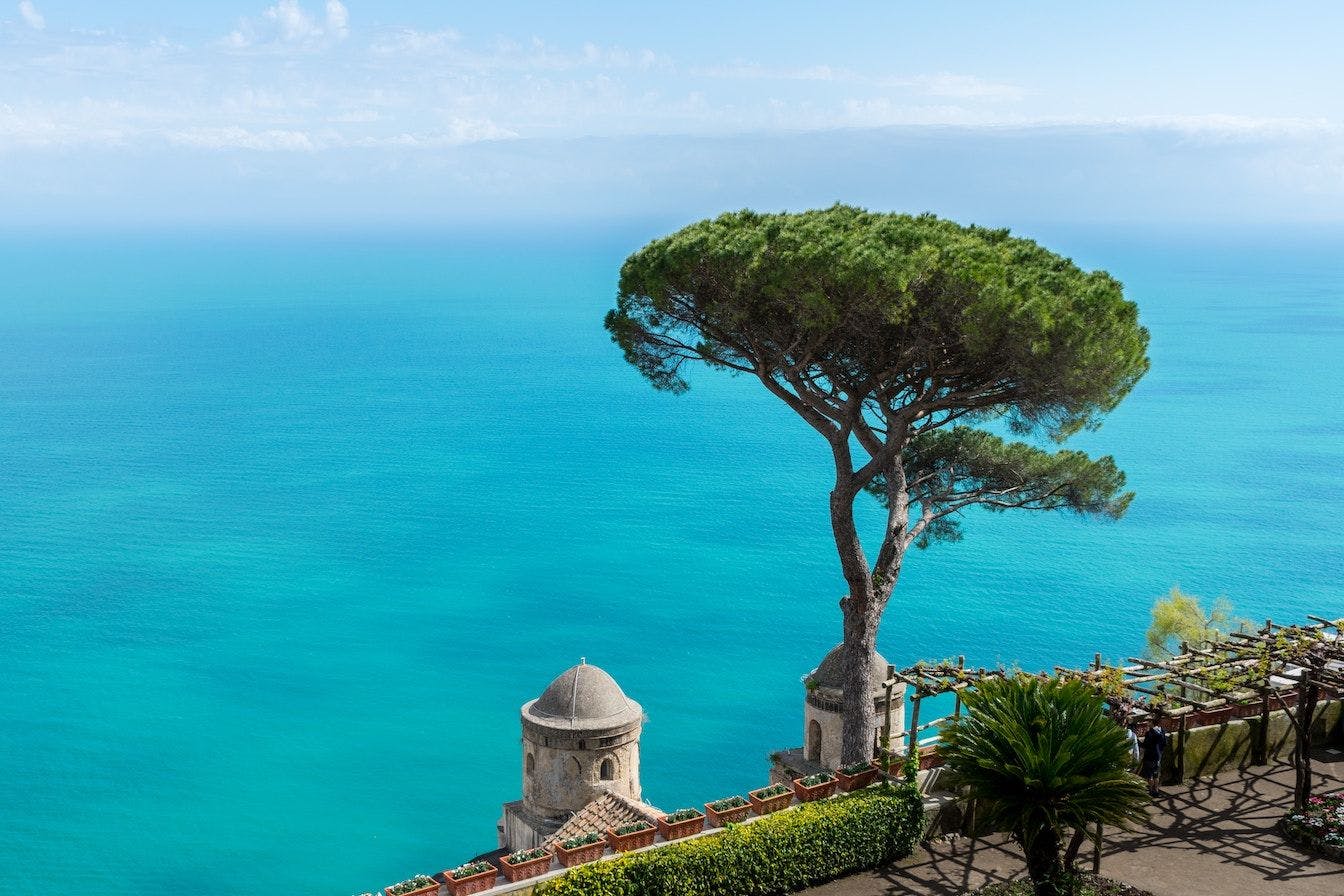
Alluring Amalfi: The Ultimate Guide to Italy's Most Glamorous Coastal Escape
Discover the Amalfi Coast's allure with our guide to its iconic destinations, from Positano to Ravello, and explore its unique Mediterranean charm.
Lizzie
•6 min read
